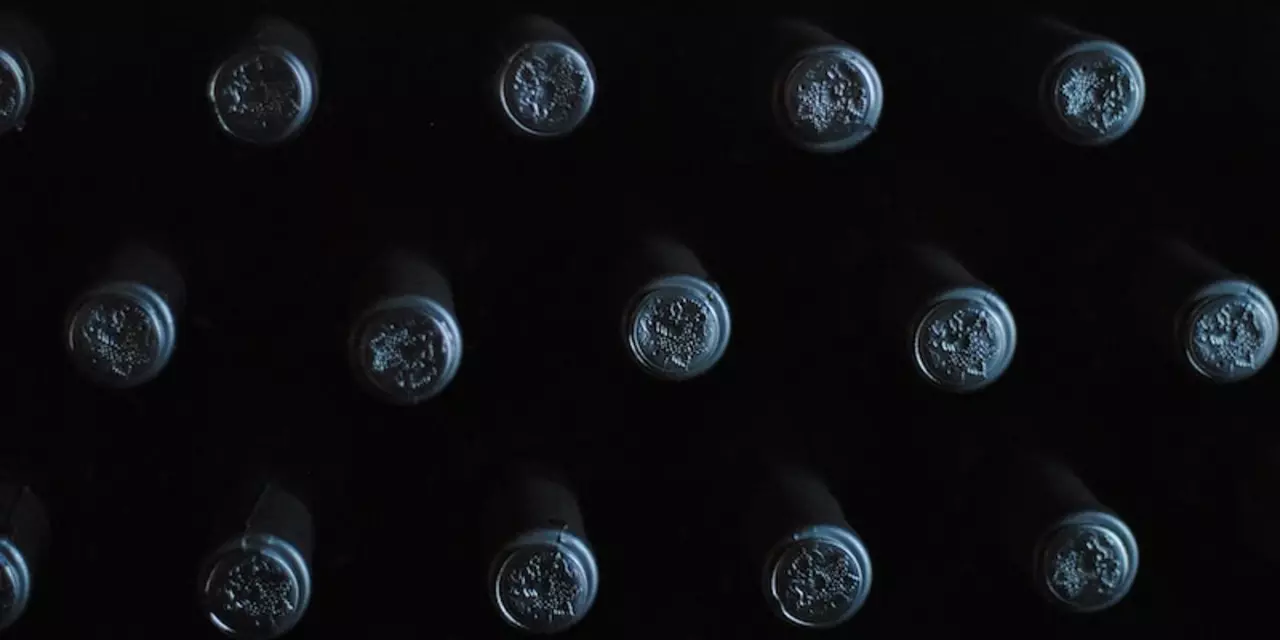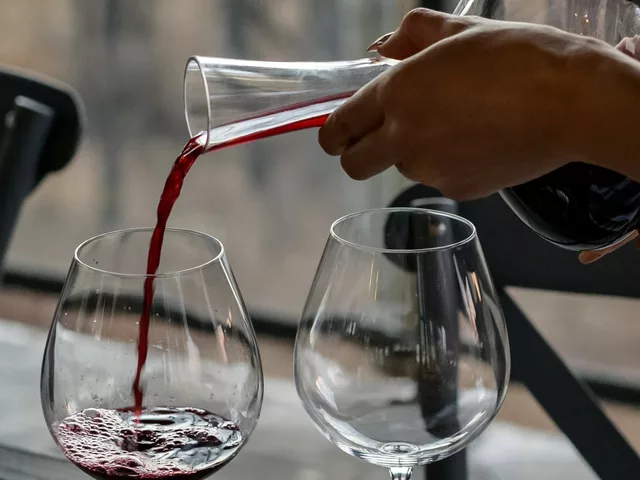When you’re out shopping for a bottle of wine, it can be difficult to understand the hidden costs that go into the final price. After all, it’s not just the cost of the grapes and the wine-making process that you’re paying for; there are taxes, shipping, and other costs that all add up. But what exactly are these hidden costs, and how much do they contribute to the final price? Let’s take a look.
Taxes
The biggest hidden cost when it comes to buying a bottle of wine is taxes. Depending on where you live, the taxes can range from a few cents to more than a dollar. In the United States, taxes are typically between 18 and 20 percent of the total price. This means that if you’re buying a bottle of wine for $10, you’re actually paying $12 or $13 with taxes included.
Shipping and Handling
If you’re buying wine online or from a wine delivery service, you’ll typically have to pay a shipping and handling fee. This fee can be anywhere from a few dollars to more than $20, depending on the service and the distance the wine has to travel. This fee is a hidden cost that can add significantly to the total cost of a bottle of wine.
Retail Fees
When you buy a bottle of wine from a store, you’re typically charged a retail fee that goes to the retailer. This fee can range from a few cents to more than a dollar, and it’s a hidden cost that’s rarely included in the sticker price. This fee can add significantly to the total cost of a bottle of wine.
Conclusion
When you’re buying a bottle of wine, there are many hidden costs that can add up and significantly increase the final price. Taxes, shipping and handling fees, and retail fees are all costs that you need to be aware of when purchasing a bottle of wine. By understanding these hidden costs, you can make sure you’re getting the best deal possible when you buy a bottle of wine.
Comparing Costs: A Guide to Finding the Best Value Bottle of Wine
Purchasing a bottle of wine can be a confusing process. With so many different types, brands, and prices, it can be hard to determine which bottle is the best value for your money. To help you make an informed decision, here is a breakdown of the cost factors that go into a bottle of wine.Grape Varietals
The type of grape used to make a wine has a big impact on its cost. Grapes grown in more desirable regions are often more expensive, while grapes grown in less desirable areas are often cheaper. Additionally, certain grape varietals are more expensive than others due to their perceived quality and rarity.Production Costs
The production costs of a bottle of wine are determined by the winemaking process. This includes the harvesting, fermentation, and aging of the grapes, as well as any additional additives or production techniques used. More expensive wines typically go through more labor-intensive and expensive winemaking processes.Location
The location of a winery has a major impact on the cost of its wines. Wines from more desirable regions are often more expensive, while wines from less desirable areas are generally cheaper. Additionally, prices may be affected by the type of distribution network used to get the wine to the consumer.Brand Name
Brand name is an important factor when it comes to determining the cost of a bottle of wine. Wines from larger, more established wineries are often more expensive than wines from smaller, less well-known wineries.Supply and Demand
The cost of a bottle of wine is also affected by the supply and demand of the wine in the market. If there is high demand for a certain type of wine, the price will likely increase. On the other hand, if there is low demand for a certain type of wine, the price will usually decrease.Conclusion
When purchasing a bottle of wine, it is important to take all of these cost factors into account. By comparing the costs of different types of wines, you can find the best value for your money. With a bit of research, you can find the perfect bottle of wine for any occasion.When it comes to the cost of a bottle of wine, there are a multitude of factors that come into play. From the type of grape used to the production process, the costs can vary greatly. Let's take a look at some of the factors that determine the price of a bottle of wine.
Grape Type
The type of grape used to make the wine will have a major impact on the cost. Grapes of higher quality tend to be more expensive, while lower quality grapes will be cheaper. The region the grapes are grown in will also affect the price, as certain regions are known for producing better quality grapes.
Production Process
The production process of the wine will also play a role in the cost of a bottle. Wines produced in a more traditional manner such as hand harvesting, crushing, and aging in oak barrels will cost more than wines produced using more modern techniques such as machine harvesting and stainless steel aging.
Size of the Winery
The size of the winery also affects the price of a bottle of wine. Smaller wineries tend to produce wines of higher quality, but due to their limited production, the cost of a bottle is usually higher than those produced by larger wineries.
Vintage
The vintage of the wine can also have an effect on the price. Wines from certain years tend to be more sought after and therefore more expensive. Additionally, older vintages tend to cost more due to the limited supply.
By taking a look at these factors, it is easier to understand why the cost of a bottle of wine can vary so greatly. From the type of grape used to the size of the winery and the vintage, there are several elements that come into play when it comes to the cost of a bottle of wine.
When deciding which bottle of wine to purchase, the cost is an important factor. It can be difficult to determine the exact costs associated with a bottle of wine, as it can vary greatly depending on the type and quality of the wine. In this blog post, we will explore what goes into the cost of a bottle of wine, so you can make more informed decisions when choosing your favorite.
Vineyard Costs
One of the main components of the cost of a bottle of wine is the cost of the vineyard itself. The costs associated with the vineyard include land, labor, taxes, fertilizer, irrigation, and other expenses related to the care of the vines and production of the grapes. These costs must be taken into consideration when calculating the price of a bottle of wine.
Winemaking Costs
The costs of winemaking includes the cost of the equipment used to produce the wine, as well as the cost of the grapes, yeast, and other ingredients used in the production of the wine. These costs can vary greatly, depending on the type and quality of the wine being produced.
Bottling and Distribution Costs
The costs associated with bottling and distributing a bottle of wine also contribute to the overall cost. These costs include the cost of the bottle, cork, label, and other materials used in packaging. Additional costs can include distribution fees, taxes, and other expenses related to getting the bottle of wine to the market.
Marketing Costs
Marketing costs are an important part of the cost of a bottle of wine, as they help to increase brand recognition and drive sales. These costs can include advertising, promotional materials, and other expenses related to building the brand.
Conclusion
As you can see, there are many factors that go into the cost of a bottle of wine. From vineyard costs to marketing expenses, each component plays a role in the final cost of a bottle. By understanding the cost breakdown for a bottle of wine, you can make more informed decisions when selecting your favorite.





